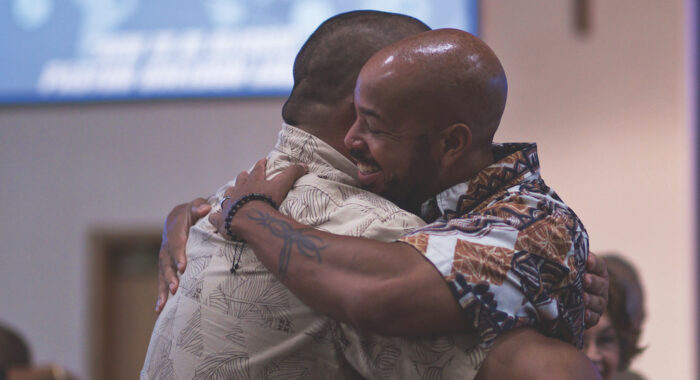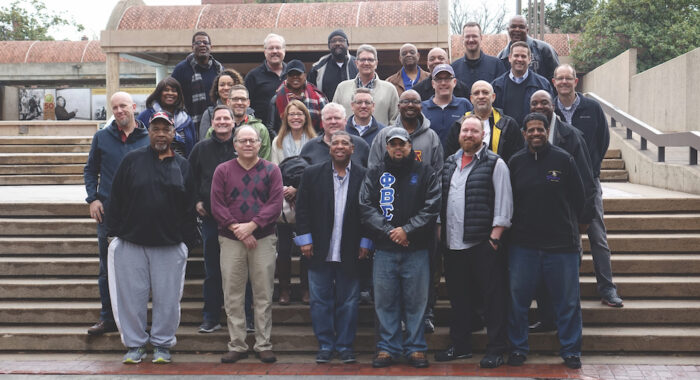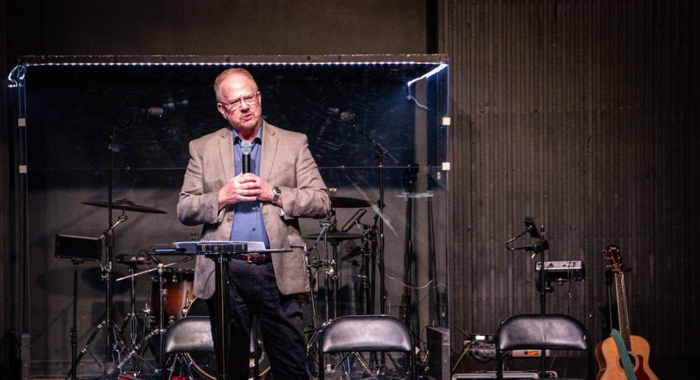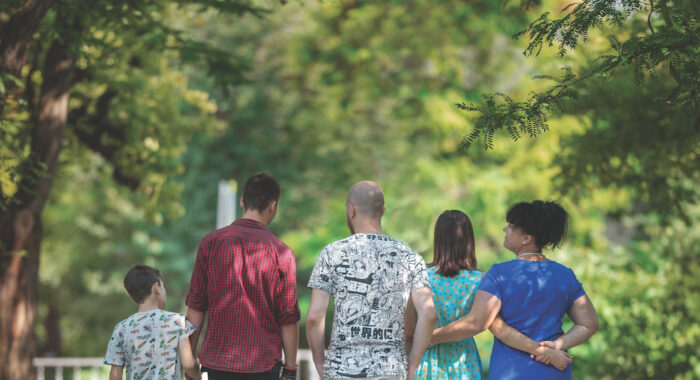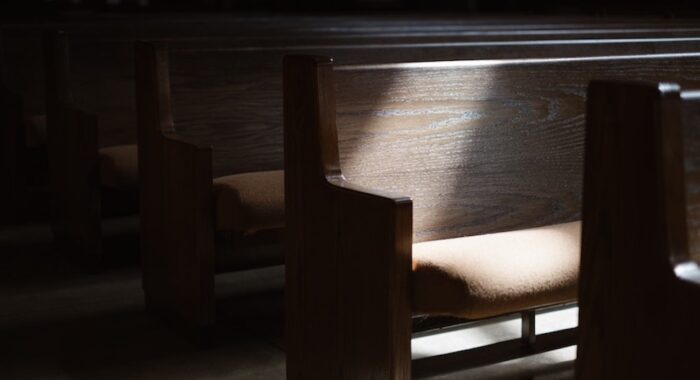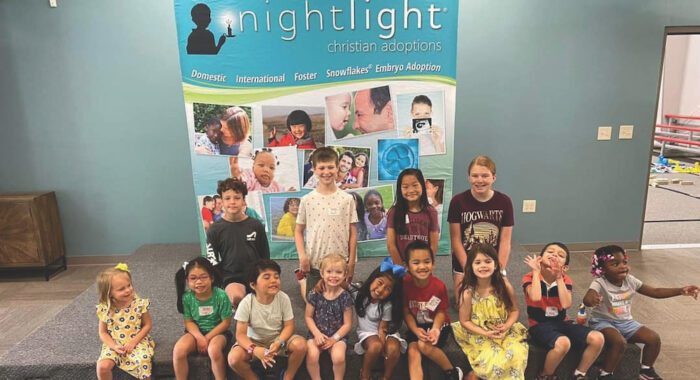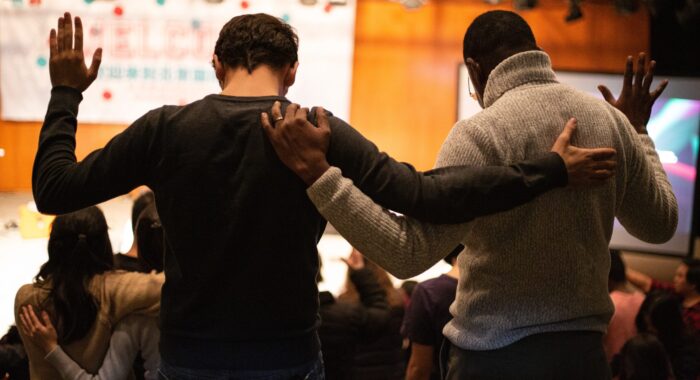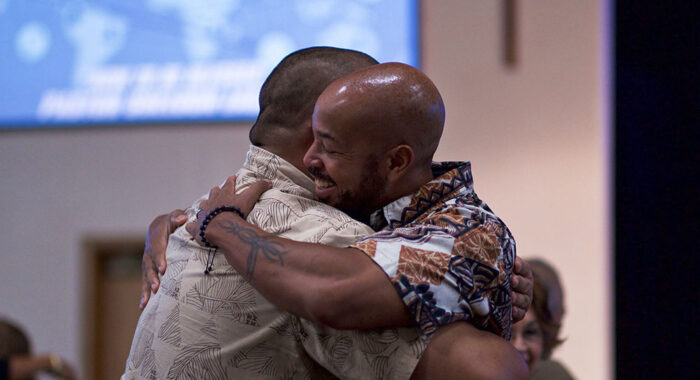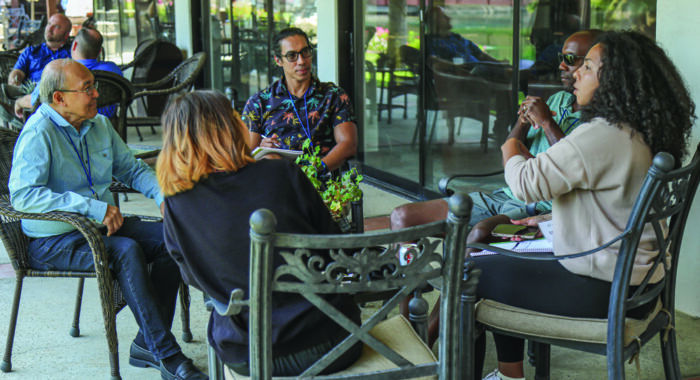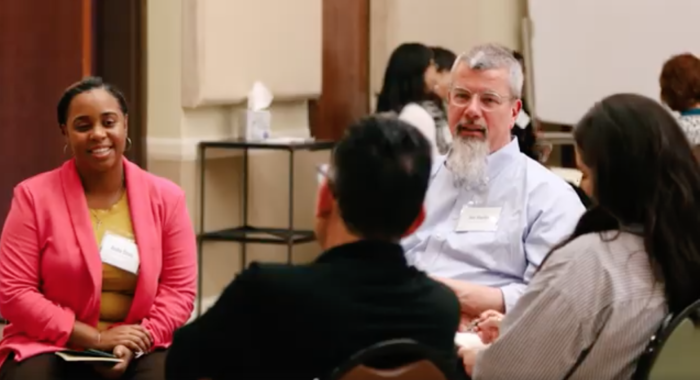Hugs when you enter the sanctuary. Hands lifted and feet moving as we engage in corporate worship. Invitations to “high-five your neighbor” throughout the sermon and to “turn to your neighbor and say…” whatever is emphasized by the preacher. The collective close with common refrains of “come here, Jesus” and “He died on the cross” and “on the third day, He rose with all power in His hands” call us into choral call and response.
Statements that need no conclusion help us remember who we are and where God has brought us from. A simple start like, “when I think of the goodness of Jesus…” or “I looked at my hands and they looked new…” or even “God is good all the time…” draw us simultaneously closer to God and to each other in the faith that brought us over.
This current reality in the Black church is not happenstance. It stems from a deep history that has been shaped simultaneously by racism and hope, oppression and overcoming. As early as the late 1600s, Americans witnessed the impact of racism preventing black slaves from worshiping in the same places as their white masters. Yet, this separation by racism provided a sacred place for hope as slaves gathered to hear the story of Jesus who loved them and would one day deliver them out of the land of bondage.
The oppression that forced people like Richard Allen and Absalom Jones out of white Methodist churches in the late 1700s led to overcoming of faith as new Black churches and denominations were born. For generations of Black Americans, faith in Christ was not limited by what they learned or read. It was shaped by what they experienced as they depended on God.
Today, the Black church still fulfills multiple roles in our lives. It is the place where we find safety from the challenges of the world. It is the place where we remember history when society seeks to erase it away. It is the place where we find belonging in a time of deep fragmentation.
According to Barna’s 2021 report, “Trends in the Black Church,” two-thirds of all Black adults and eight in 10 Black churchgoers said an association with the Black church brought comfort, as it is a place where Black people have control in their lives. When powerlessness prevailed in culture, the Black church has historically been a place of empowerment, courage and hope. But how can these riches of history and faith be fostered in the context of multicultural worship?
While it is easy to turn inward, younger generations may help historically Black churches to turn outward to receive more diverse worshipers and members. This can happen when non-Black worshippers and Black church leaders are willing to take two important steps:
1. Embrace “otherness” as part of spiritual formation.
When non-Black people join Black churches, they are first struck with a sense of otherness that is different from anything else they’ve experienced. Yet, this sense that they are not like everyone else has proven to be a key factor in shaping faith, particularly for white Americans. One white couple who felt called by God to join a Black church in the southside of Chicago described their experience as “truly transformative.”
Through their church community, they were able to build relationships with people they would not have known in any other capacity. Black pastors will need to embrace this sense of otherness as well, knowing that while the principles of the gospel will not change with multiculturalism, the ability to see others as an important part of that gospel will improve.
2. Build trust through submission.
While efforts toward reconciliation have been meaningful, expanding the makeup of the Black church will require new layers of trust. Non-Black worshippers will need to adapt to the leadership and authority of a Black pastor, even when society says otherwise. They will need to understand the hierarchy of historically Black churches that tend to give more credence to pastors, elders and church mothers than they do to others, regardless of one’s background or expertise. Black pastors and leaders will have to build trust with non-Black congregants through conversation and care, sometimes giving greater time to newer members than to others. It will take time to shift the racial stereotypes that perceive Black leadership as less capable, but mutual trust can be cultivated with submission and care.
Traditional Black churches have so much to offer to multicultural worship. They can provide a collective narrative of hope and perseverance to a generation that is longing to be known by God. While the journey toward this vision of diversity will take time and we may not always know how to make it work, we can press forward believing, as my grandmother sang, “We will understand it better, by and by.”
Listen to NAE Board Chair John Jenkins share about what we can learn from the Black church ![Arrow]()
Nicole Massie Martin serves as chief impact officer for Christianity Today. She is also the founder of Soulfire International Ministries, which focuses on empowering others to reach their fullest potential in Christ. Prior to her role at Christianity Today, she served as executive director of Trauma Healing at the American Bible Society. Martin is the author of “Made to Lead: Empowering Women for Leadership” and “Leaning In, Letting Go: A Lenten Devotional.” She holds a B.S. degree from Vanderbilt University, an M.Div. from Princeton Theological Seminary and a D.Min. from Gordon-Conwell Theological Seminary.




 View All Articles
View All Articles 













